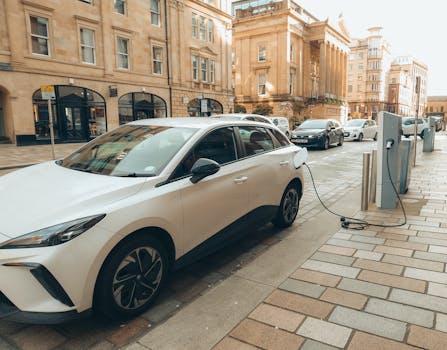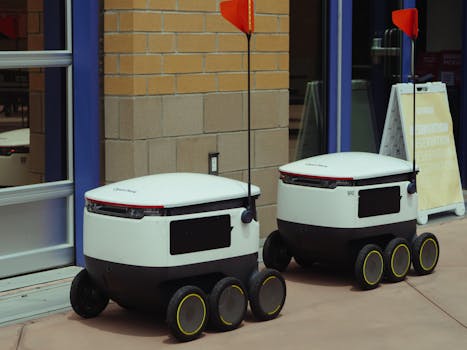
Smart Cities: Urban Trends for 2025
Introduction to Smart Cities

Smart Cities, the focus keyword, is revolutionizing the way we live and interact with our urban environments. As we step into 2025, it’s essential to explore the latest trends that are shaping the future of cities. From smart infrastructure to sustainable transportation, these innovations are transforming the urban landscape. In this article, we’ll delve into the world of Smart Cities and uncover the top urban trends for 2025.
Urban Trends for 2025

The concept of Smart Cities is not new, but it has gained significant momentum in recent years. With the increasing demand for sustainable and efficient living, cities are adopting innovative solutions to meet the needs of their residents. Some of the top urban trends for 2025 include:
- Smart Infrastructure: Cities are investing heavily in smart infrastructure, including energy-efficient buildings, smart grids, and advanced transportation systems.
- Sustainable Transportation: Electric and self-driving vehicles are becoming increasingly popular, reducing carbon emissions and improving air quality.
- Urban Farming: With the growing concern about food security, urban farming is gaining traction, providing fresh produce to city dwellers while minimizing carbon footprint.
- Waste Management: Smart waste management systems are being implemented, using AI and IoT to optimize waste collection and recycling.
- Public Safety: Cities are leveraging technology to enhance public safety, including surveillance systems, emergency response systems, and crime prediction analytics.
Benefits of Smart Cities

The benefits of Smart Cities are numerous, ranging from improved quality of life to increased economic growth. Some of the key advantages include:
- Enhanced Quality of Life: Smart Cities provide residents with a better quality of life, offering improved healthcare, education, and entertainment options.
- Increased Efficiency: Smart infrastructure and technologies optimize city operations, reducing energy consumption and waste.
- Economic Growth: Smart Cities attract businesses, talent, and investment, driving economic growth and job creation.
- Sustainable Development: Smart Cities prioritize sustainability, reducing carbon emissions and promoting eco-friendly practices.
- Improved Public Safety: Smart Cities enhance public safety, using technology to prevent and respond to crimes.
Challenges and Limitations

While Smart Cities offer numerous benefits, there are also challenges and limitations to consider. Some of the key concerns include:
- Privacy and Security: The use of surveillance systems and data analytics raises concerns about privacy and security.
- Infrastructure Costs: Implementing smart infrastructure can be costly, requiring significant investment from cities.
- Digital Divide: Smart Cities may exacerbate the digital divide, leaving behind those who lack access to technology and digital literacy.
- Dependence on Technology: Smart Cities rely heavily on technology, which can be vulnerable to cyber-attacks and technical failures.
- Scalability and Integration: Integrating smart technologies into existing infrastructure can be complex, requiring careful planning and coordination.
Conclusion

In conclusion, Smart Cities are revolutionizing the way we live and interact with our urban environments. As we move into 2025, it’s essential to stay informed about the latest urban trends and technologies shaping the future of cities. By understanding the benefits and challenges of Smart Cities, we can work together to create more sustainable, efficient, and livable urban spaces.





